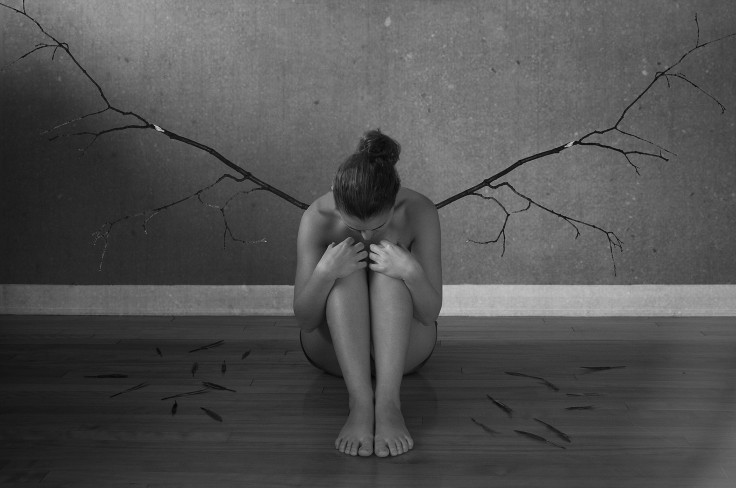Midlife Crisis: Why Middle-Aged Women Have The Highest Rate Of Depression

The term “midlife crisis” often conjures up thoughts of a middle-aged man or woman quitting their job or buying an expensive sports car. Mental health experts know it more as a time that we should all be on the lookout for symptoms of depression. A recent study conducted by the Centers for Disease Control and Prevention has found that women between the ages 40 and 59 have the highest rate of depression out of any age or gender in the United States.
Researchers from the CDC gathered data using the Patients Health Questionnaire, a nine-item survey that asked respondents about their frequency of symptoms related to depression over the past two weeks. Depression was measured by the National Health and Nutrition Examination Survey (NHANES). Depressive symptoms were split into three groups, including mood (depressed, sad, or irritable mood), cognitive (lack of concentration and poor decision making), and physical (fatigue, lack of energy, lack of sleep, and appetite).
Between 2009 and 2012, 7.6 percent of Americans aged 12 and older were suffering from moderate to severe depressive symptoms. Women accounted for the highest rate of depression across all age groups. Women between the ages of 40 and 59 had the highest rate of depression at 12.3 percent. While rates of depression increased in both males and females from 5.7 percent among those aged 12 to 17 to 9.8 percent among those aged 40 to 59, depression rates saw a dramatic decline after the age of 60 back to 5.4 percent.
Among Americans suffering from severe depressive symptoms, 88 percent reported difficulty at work, home, or with social activities compared to 45.7 percent of those with mild depressive symptoms. CDC researchers were primarily concerned with the rate of Americans suffering from depressive symptoms who did not seek the help of a mental health professional. Only 13 percent of people with mild depressive symptoms, less than 20 percent of those with moderate depressive symptoms, and 35.3 percent of those with severe depressive symptoms had seen a mental health professional in the past year.
“Not enough people are getting appropriate treatment for depression,” said Laura Pratt, CDC epidemiologist and lead author of the study. “People with severe depression should be getting psychotherapy. Some might need complicated medication regimens, which psychiatrists are better equipped to do, which makes it even more concerning that only 35 percent of people with severe depression have seen a mental health professional.”
According to the National Alliance on Mental Illness, most life experiences attributed to depression are unique to women, such as post-partum changes, infertility, and hormonal fluctuation. Evidence has shown that people suffering from depression have different brain chemistry which is altered by hormones that control emotions and mood. These hormones are particularly heightened during certain times in a women’s life, including postpartum period and menopause.
Source: Brody D, Pratt L. Depression in the U.S. Household Population, 2009–2012. NCHS Data Brief. 2014.



























